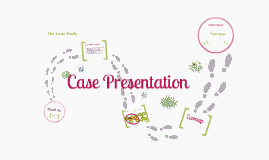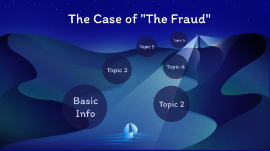Psychotherapy
Transcript: A major advantage of psychotherapy over treatment with medication is that psychotherapy has few physiological side effects, (especially important consideration for older adults who are often taking more than one type of medication.) In addition, psychotherapy offers the possibility of effective treatment for those who have not responded to medications. A disadvantage is that psychotherapy typically takes longer than drug therapy to produce benefits that are noticeable to the person receiving treatment -- six to eight weeks or longer for psychotherapy, compared with four to six weeks for medication. Also, psychotherapy alone is not effective in people with severe depression or bipolar disorder. Educational Requirements Disadvantages Usually work regular business hours, but those in private practice may have to work evenings and weekends, depending on client availability and deadlines Work in locations such as offices, hospitals and health care services, universities, prisons, residential services, and community organizations May work in emotionally draining and stressful circumstances May travel locally or nationally to visit clients, and attend workshops and conferences. http://education-portal.com http://www.theguardian.com/healthcare-network/2012/jun/29/day-life-judy-eaton-consultant Bibliography As required in every state, you need a masters degree in psychology, counseling or clinical social work, preferably with an emphasis on psychotherapy. Some states require a Ph.D. in the field. Master's and doctoral degree programs require students to complete two years of supervised clinical practice. Psychotherapist education programs at the doctoral level emphasize psychotherapy research, psychoanalytic psychotherapy and psychotherapy and medicine. Prospective psychotherapists must take the Examination for Professional Practice in Psychology (EPPP). Every state requires psychotherapists to obtain a state license before practicing. Earnings Range Psychotherapy Career Counselor Case Worker Child Care Worker Child Psychologist Clinical Psychologist College Admissions Counselor Psychotherapists work with individuals, couples, families and groups to help them overcome a range of psychological and emotional issues. Psychotherapy is a variety of non-medical based treatments to: Address the client's thought processes, feelings and behavior Understand inner conflicts Find new ways to deal with, and alleviate, distress Psychotherapy includes an exploratory analytic and psychodynamic dialogue during individual private meetings, group-work, along with dream work, psychodrama, movement exercises, trance, reflection, meditation, and various kinds of bodywork, all according to the specific needs of the client. Comparative Psychologist Community Counselor Counseling Psychologist Correctional Treatment Specialist Criminal Investigator Crisis Counselor A Typical Day! Job Description Shifts could be during the day or night. However, let's assume it'd during the day. Work days are long and busy. First, try to have an informal chat with patients.(If there are any in the morning) Then often attend the staff shift change, and have a catch-up with staff to learn if anything of note happened during the night. After going to my office and checking emails, I'll attend the handover. This is when all patients are discussed by the team, including social workers, therapy staff, psychiatrists, and our head of nursing and hospital manager. All of this will typically be a therapy session run in late morning. Time is spent during and after the session writing about the patient, doing research, discovering ways to help them overcome their issues and treat them with a proper diagnosis to help them overcome their problems. Throughout the day I continue sessions with my patients ect. Overall in a week, about a third of the time will be spent writing reports. Psychotherapist in Canada collects an average annual salary between $31,943 – $236,764 per year. The median psychotherapist salary around $65,870 per year. The 10th percentile of psychotherapists has been around $32,000 per year; the 75th percentile received around $100,000 per year and the 90th percentile collected around $240,000 per year. The average salary of psychotherapist by number of years is as follows: psychotherapist with 1 to 4 years of experience make an average yearly rate between $36,500 – $57,391 while those practicing for 5 to 9 years collect an average pay ranging between $47,808 – $92,500 per year. Related Jobs Working Conditions! Academic Counselor Advanced Psychiatric Nurse Advertising Agent Animal Trainer Animal Researcher Art Therapist Aviation Psychologist Advantages

















